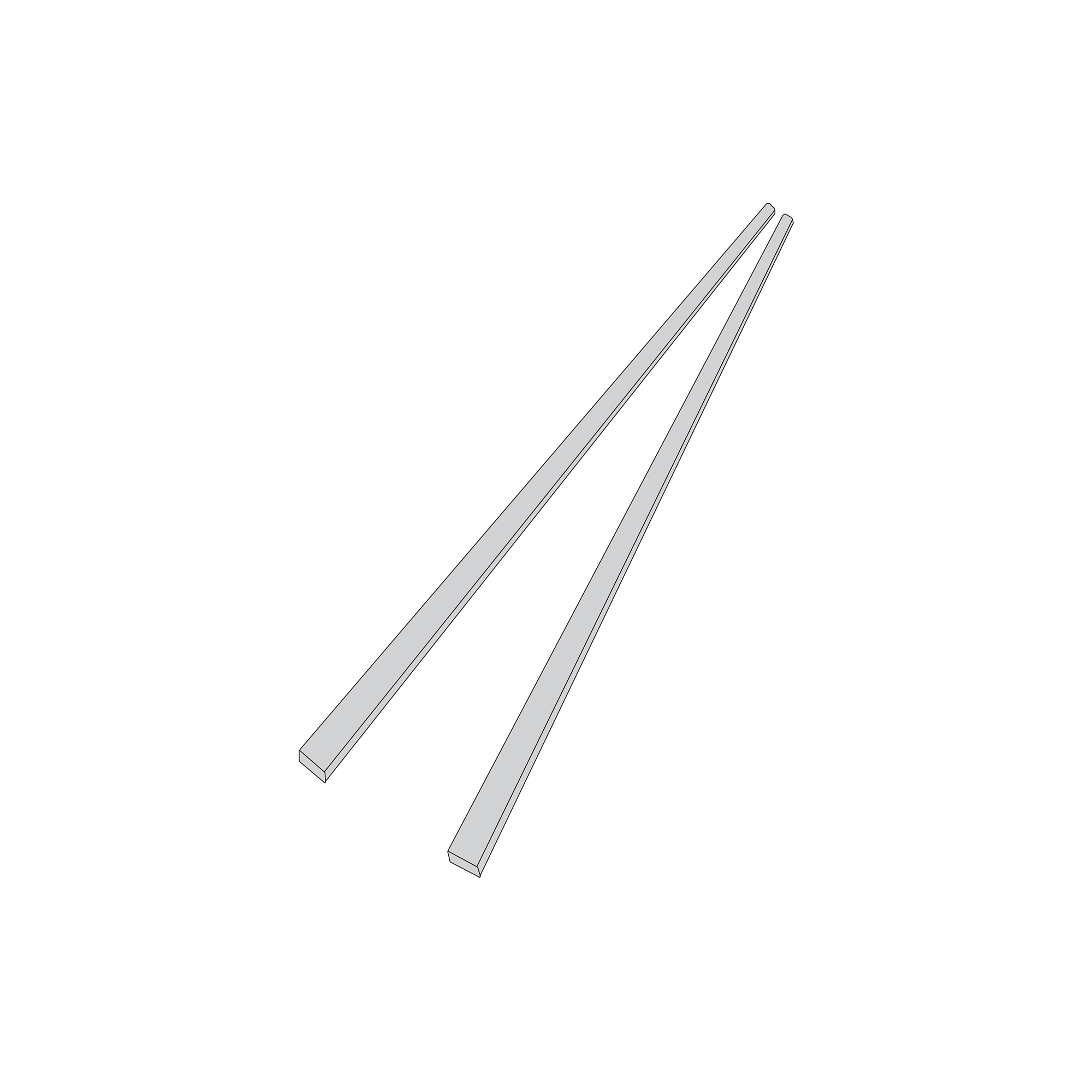These are the three original emojis that I created with Illustrator:
The first one is kimbap, an equivalent to a Korean sushi roll. The second one is steel chopsticks, which all Koreans use to eat their meals. The third one is called songpyeon, which is a traditional Korean food made of glutinous rice.
When I was making these emojis, I think I was subconsciously aware of the Korean autumn harvest festival that was right around the corner. On this day, Koreans usually gather with their families and relatives to eat good food, including the songpyeon. But this is a good (and very accurate) thing cause Koreans are obsessed with food. We love food – we love making them and even watch people eat them (this is actually a very profitable market in the country).
When I sent these three emojis to my Korean friends and asked them what they thought, they all replied that these reminded them of the festival and of eating. I asked them if the emoticons were easily recognizable, to which most replied yes except for the kimbap. I asked for feedback and one replied that the white part didn’t look too much like rice.
When I asked them if they would use the emojis on a daily basis, one of them replied, “I’d use the chopsticks but don’t know about the others.” I found this comment very interesting so I asked her why, to which she said she just wasn’t sure when to use them and would want some words to guide her. When I asked her on what occasion she would use the chopsticks emoji, she replied, “I’d message my friends saying ‘let’s go it!!’ and add the chopsticks. The others aren’t that straightforward to use.” I found this information to be very valuable as this is an issue specific to Koreans — we almost always have some kind of words on top of, or around, an emoji. We think a simple phrase add to an emoji much more and interesting. For Koreans, more information is better. (Hence why Google is unpopular in Korea, where Naver, as its main search engine, populates its website with lots of information, unlike Google’s single search bar. Check it out!: www.naver.com)
After this feedback, I made some adjustments to two of the emojis:
I added more texture and shade to both emojis, using Photoshop. I also put in a long piece of rolled omelet inside kimbap as it’s one of the main ingredients (how could I have forgotten!). I even included a short text that says “wanna eat?” in formal/playful Korean for the songpyeon emoji.
When I sent these two emojis, along with the chopsticks, to two more Korean friends, I was surprised by how both friends liked songpyeon most. They said this emoji is particularly cute and they liked the words on top. I think the phrase definitely contributed a lot to its popularity as it took into consideration what Korean emoji consumers were looking for.




